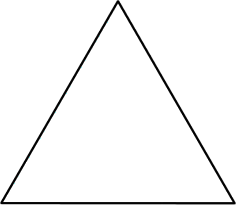16 SEP 2011 by ideonexus
 Human Fetuses Develop Useless Hair
Human Fetuses Develop Useless Hair
One of my favorite cases of embryological evidence for evolution is
the furry human fetus. We are famously known as “naked apes” because,
unlike other primates, we don’t have a thick coat of hair. But in fact
for one brief period we do—as embryos. Around sixth months after conception, we become completely covered with a fine, downy coat of
hair called lanugo. Lanugo is usually shed about a month before birth,
when it’s replaced by the more sparsely distributed hair with which we’r...That appears at the same time in development as it does in Chimpanzees, but then vanishes.
20 MAY 2011 by ideonexus
 An Origami Metaphor for Fetal Development
An Origami Metaphor for Fetal Development
The sheets of tissue that
fold, invaginate and turn inside out in a developing embryo do indeed grow, and it is that very growth that provides part of the motive force which, in origami, is supplied by the human hand. If
you wanted to make an origami model with a sheet of living tissue instead of dead paper, there is at
least a sporting chance that, if the sheet were to grow in just the right way, not uniformly but faster
in some parts of the sheet than in others, this might automatically cau...Cells divide and fold into new forms, just as origami structures become other structures through new folds.




